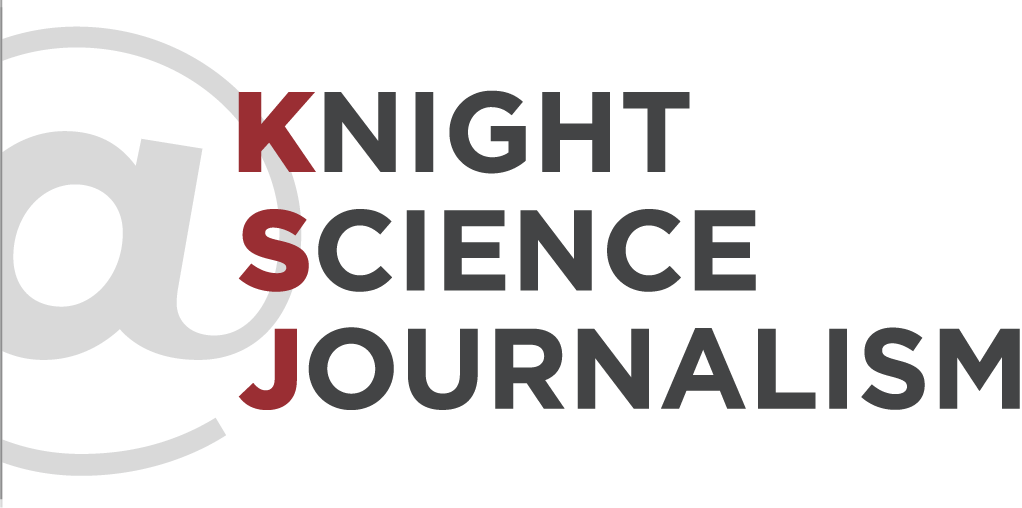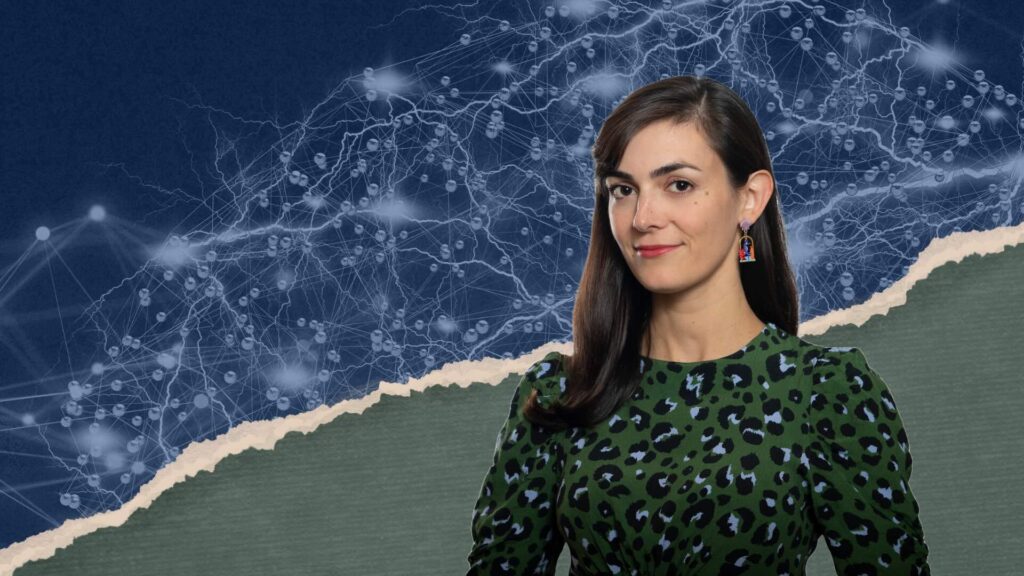Jessica Hamzelou always wanted to be a science journalist. As an undergraduate in biomedical sciences at University College, London, she was told by her supervisor that her research dissertation looked as though it had been written for a lay audience. Over the years, she had honed an ability to interpret the technical language of science while writing in the kind of clear and thorough prose that is often a hallmark of good journalism.
Hamzelou went on to complete a master’s degree in science communication at Imperial College London and later interned at New Scientist, where she stayed for almost 13 years, occupying a range of reporting and editing roles. She is now a senior reporter at MIT Technology Review, where she writes about biomedicine and biotechnology. Throughout her career, Hamzelou has found opportunities not only to report on the latest advances in health research, but to dig deeper and examine what she describes as the “nooks and crannies” of science stories: the ethical implications of medical advances, and the people who are impacted by those advances in ways that often go overlooked.
This year, Hamzelou is spending time at MIT as a Knight Science Journalism Fellow, where she is researching the science of longevity. In a recent interview, she spoke about the importance of considering the ethical implications of scientific research, and the responsibility she holds as a journalist covering advances in healthcare and technology. (This interview has been edited and condensed.)
Sarah Hopkins: Why do you think it’s important to examine the ethical implications of science?
Jessica Hamzelou: Personally, I think if you’re covering science, you can’t just write the big “wow” stories — stories about exciting developments. I think you have to be thorough…. You can’t just say, ‘This thing is amazing.” Maybe it is amazing, but it’s your job as a journalist to dig a little bit deeper, because science doesn’t exist in a vacuum. It always affects people, and it affects people in different ways. And it may have consequences beyond what the scientists think it will have. As a journalist, it’s your job to go beyond just the headline.
SH: What stories have allowed you to “go beyond the headline,” as you say?
JH: Just before I started this fellowship, I wrote an article about microbiome research. Microbiologists have been trying to work out how our gut microbiomes have changed over time, because a lot of people think that changes in the gut microbiome might leave us more susceptible to various diseases, and potentially a lot of chronic diseases, which are a lot more common now than they were in the past. In order to do so, researchers have tried to see what an ancient microbiome might look like. A lot of researchers have done that by looking at groups that live in what’s considered to be a traditional way, like people who live in hunter-gatherer societies, for example. That means going into these communities taking samples, studying them, and potentially making some kind of product. The communities often don’t know what’s going on with the research. And they might never see the scientists again and find out the results of their research, or ever benefit from any profit that’s made from any products that are developed.
I got to speak to this fascinating microbiologist who’s half Yanomami, which is an Indigenous group that lives in the Amazon in Brazil and Venezuela and has been studied extensively. He’s pioneering a new approach where that community will get to see some of the profits generated from the research, if there are any. And I spoke to another person from the Hadza community of Tanzania, which has also been rigorously studied by microbiologists. A lot of interesting questions come up about how to conduct that kind of research. It’s not enough for scientists to say, “I’m not making a profit out of this, I’m just publishing my results,” because that doesn’t stop somebody else, like a company, from finding the results and creating a skin cream or a probiotic supplement, for example.
I’ve also explored what happens to people who have brain implants removed against their will. I wrote about one man who had been paralyzed, and who was given a brain implant as part of a clinical trial, which allowed him to control his arms and fingers. But the research team running the trial ran out of funding. He eventually had to have the device surgically removed after he developed an infection. He shared that the device had changed his life, and that its removal meant he suddenly had his physical abilities ripped away from him. This was a really important story for me, because I was one of the journalists who had covered his implant years before, and how amazing it was that this guy, who had previously been paralyzed, was then playing Guitar Hero.
So it’s important to look at these issues further down and ask, “What actually happens to these people?”

SH: Science journalists often discuss the “gee whiz” approach to science reporting—coverage of science that focuses only on exciting or salacious discoveries, with little exploration of wider context or implications. What are your thoughts on that type of coverage?
JH: There are loads of really amazing science journalists who do deep dives on important topics. But the nature of news is that it’s very quick, and some journalists have to write 10 articles a day. And we get press releases, and papers sent to us from all the big journals, and those are typically just about one major finding. So, if you’ve only got 300 words to tell a story, you’ll concentrate on that major finding. We also know that that approach contrasts with the nature of science: It’s a very slow and gradual process, and things change over time. That’s why most science journalists love getting to do features and longer-form stories, because that gives you a chance to explore deeper issues.
SH: Do you think there’s a way for science journalists to transcend the limitations of word count or story quota to explore the implications of science on a deeper level?
JH: Hopefully, when you’re reporting, you’re able to observe trends over time. My favorite format for this is the analysis piece, where, once you’ve been covering subjects for a while, you can identify the trends and start looking beyond the narrow focus of a news story.
For example, I’ve written about how worried we should be about sunscreen, or about vaping. I’ve written analyses about the kinds of rights we might afford to certain species that are being used for scientific research. Fertility is my favorite subject to explore in this way, because reproductive technology is so fascinating, and the field can move quite quickly because it’s not tightly regulated and there’s a lot riding on it. A lot of people stand to be misled about the claims that are being made about fertility treatment. It’s a very emotional issue, and people are putting their heart and soul and life savings into treatments. It’s a combination of a lot of emotion, a lot of money, not much regulation, and some really interesting science.
SH: Why have you taken this approach to health and medicine coverage, where you look for opportunities to write about the ethical questions embedded in the research?
JH: As a journalist covering medical science and health, it’s really important to be thoughtful, to get things right, and to make sure the coverage is not sensationalist. That’s because somebody could read an article and change the way they live their life. They could start taking a supplement, or stop taking a drug, or put off surgery, or seek treatment for infertility.
What you write can potentially change people’s lives. I always bear that in mind.
Sarah Hopkins is a student in the MIT Graduate Program in Science Writing.





Leave a Reply